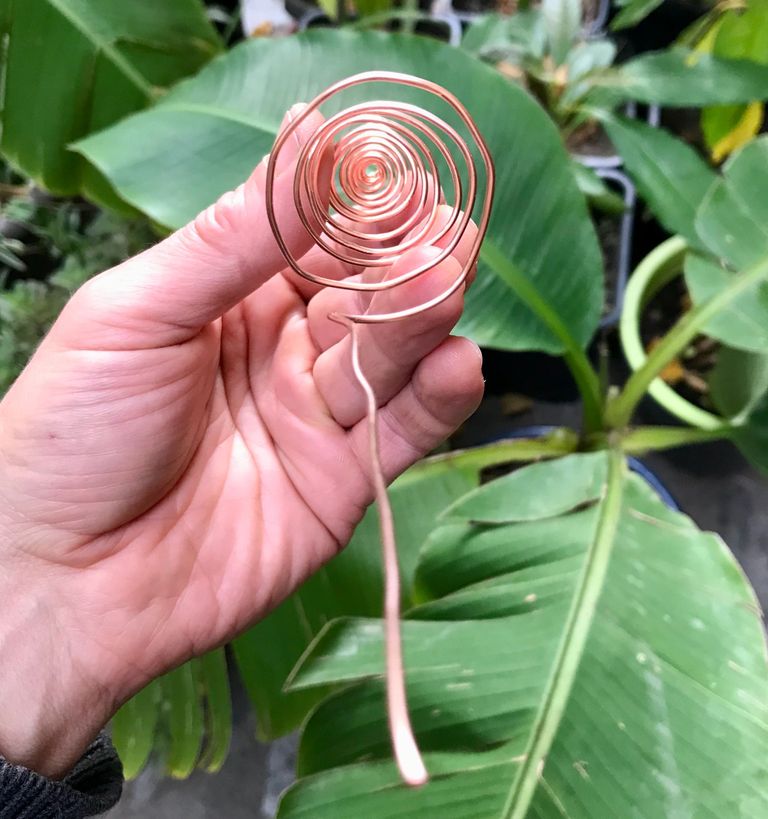
Following on from my last post in which I outlined the various different techniques available for passive electroculture (a system of feeding natural electricity into your land for the purposes of boosting your soil, speeding up growth of plants, increasing size of yields, eliminating pests & disease and improving the nutrient quantity of your food) I would like now to show you how one can get started right away without spending any money.
Well, to be fair you will need a pair of pin-nose pliers and a roll of 1.5mm copper electrical cable (or thicker), which you may or may not have hanging around the house already.
For my free energy demonstration two weeks ago I bought the 25m roll of electrical cable you can see in the middle here for around €8, so was good to go already.
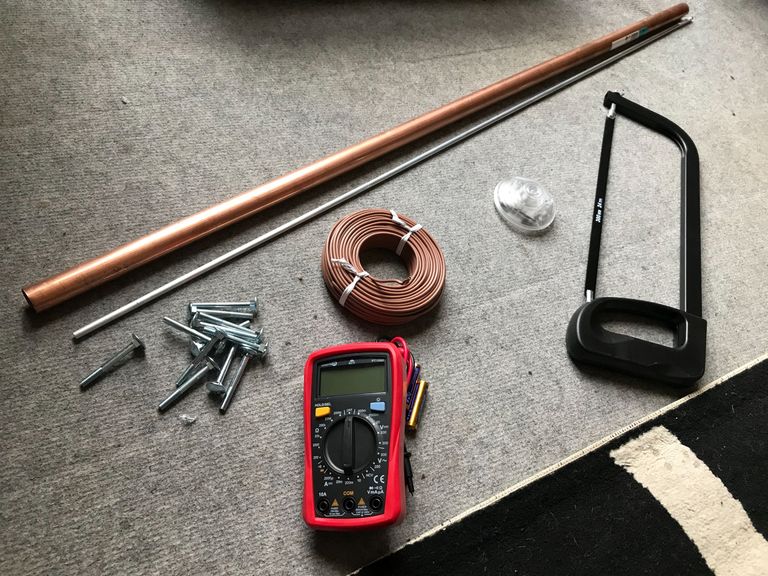
You will find, as you move forward into this arena, that copper is a most valuable tool and should be collected at every opportunity.
Let's now look at three different techniques you can use right away.
Spirals
Inspired by the research of Pierre Luigi Ighina spirals are designed to direct atmospheric energy towards the base of the cone.
They are placed in the earth like this and will affect just the area beneath them.
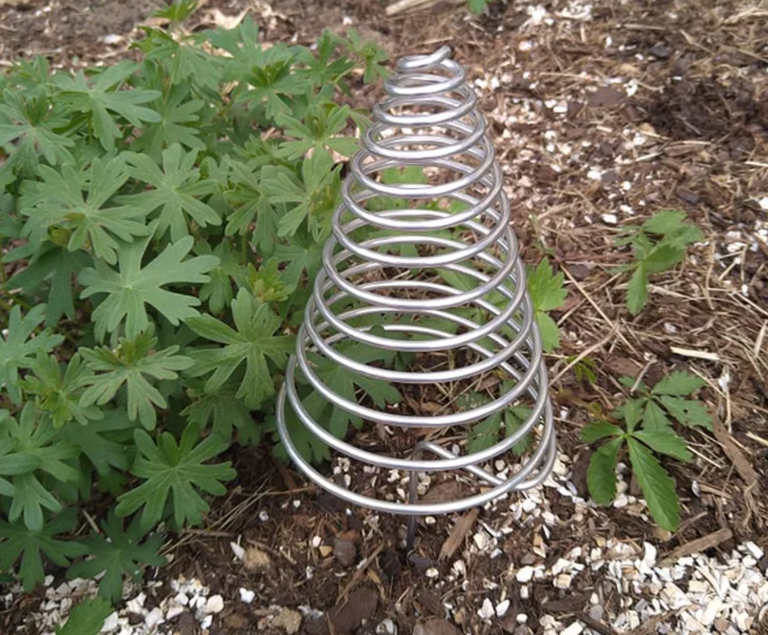
If you have a tree with disease or undesirable fungus on its branches the spiral is placed the other way around, shooting its energy upward from the earth.
You can buy this spiral (which is just under 30cm in total) from here for €6.00.
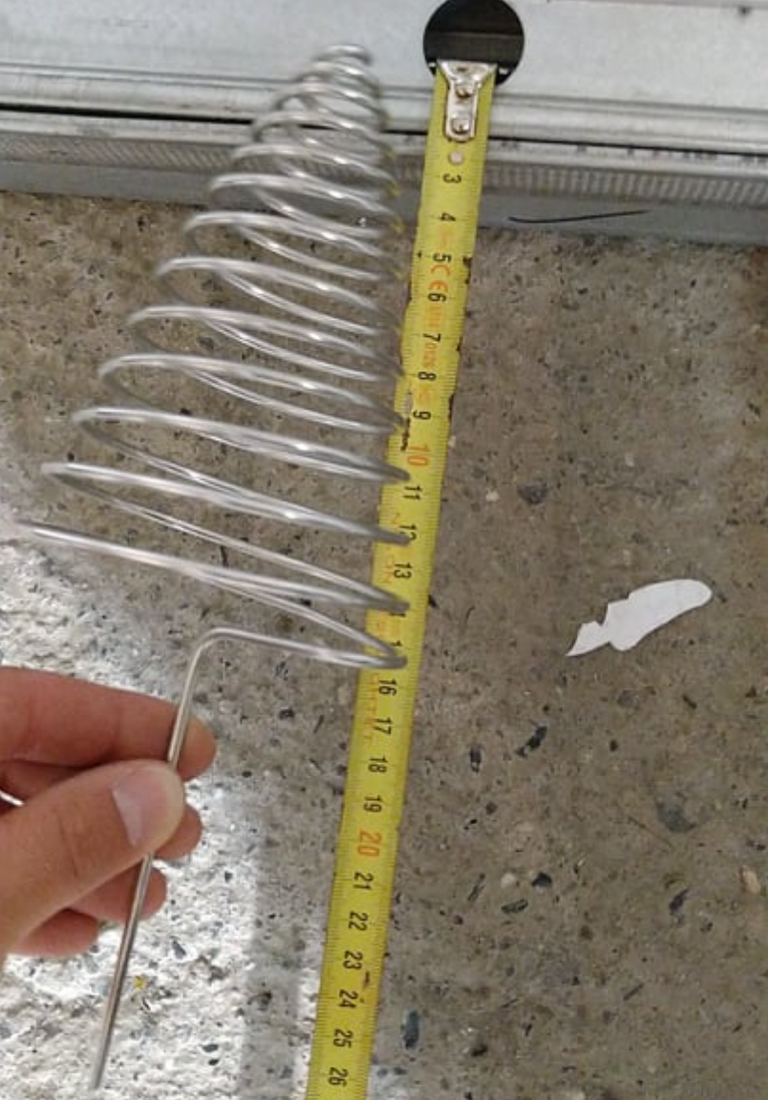
I am not affiliated with this company in any way. This just seems to be the cheapest place to get hold of them if you are keen to get this done the simple way.
They only affect a small area of the earth however so one is going to need a whole bunch of them ultimately and buying them pre-made is far from the cheapest way.
The influence of one spiral is evident right away in this shot of peas plants growing in tubs.
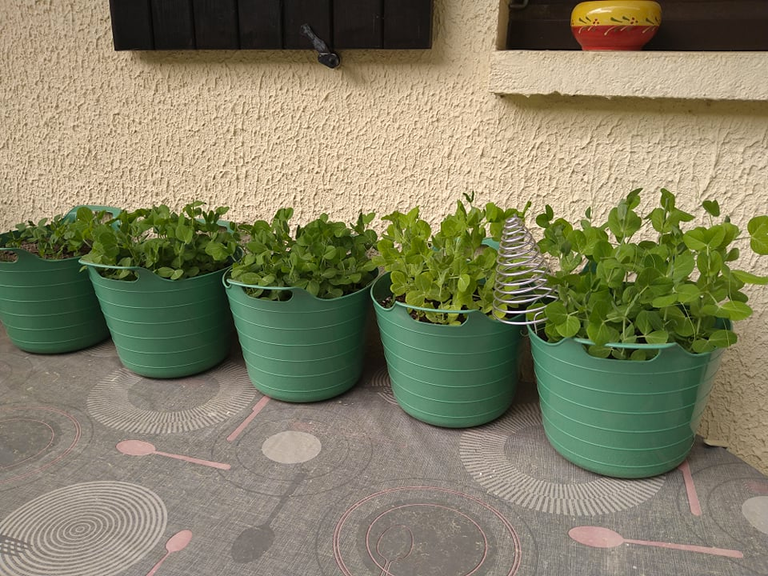
If you are looking for a simple way to mass produce these spirals (which can be made out of any metal but copper is best) you may consider buying a mould. Four size options available here, ranging from €27.00 - €69.00
This seems like a lot of money to me and I will personally be downloading this STL file, kindly provided by the Italian company Elettro Coltura.
I don't have a 3D printer but I know a man who does! This and the Primer Cube are now on my list.
In the meantime I am keen to get started right away, so let's get back to that copper electrical cable.
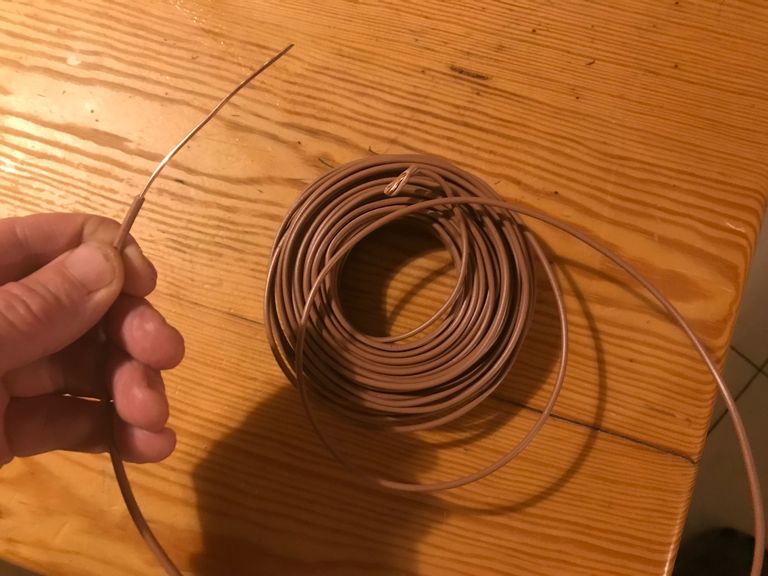
For the best effect I recommend removing the plastic from around your copper. This isn't easy without the right tool but you will get the hang of it with a pair of scissors quick enough. Just be gentle. Copper is soft, but not as soft as plastic.
You will need your pin-nose pliers to get started rolling the wire into a circle.

With the wire pressed hard against the table you should be able to twist it slowly round with your hand (pliers not needed for this bit).
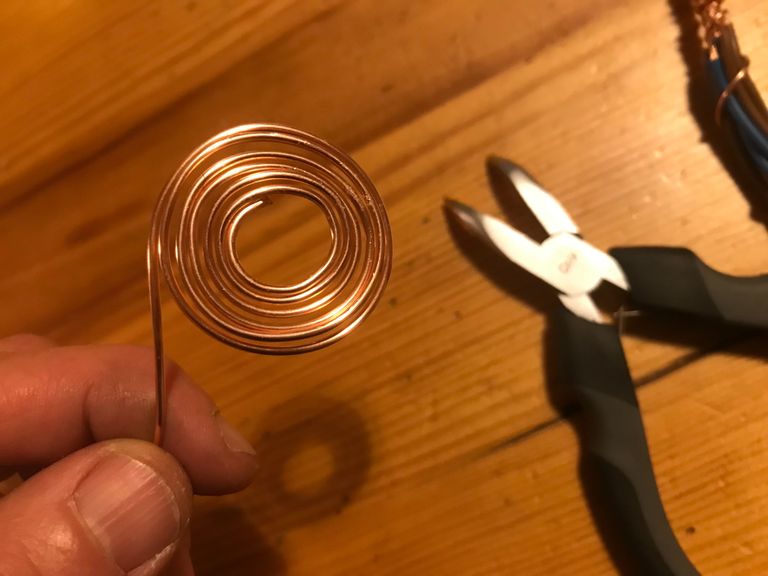
The key is to keep that pressure applied while you roll it against the outer edge of the circle and the final result should look something like this.
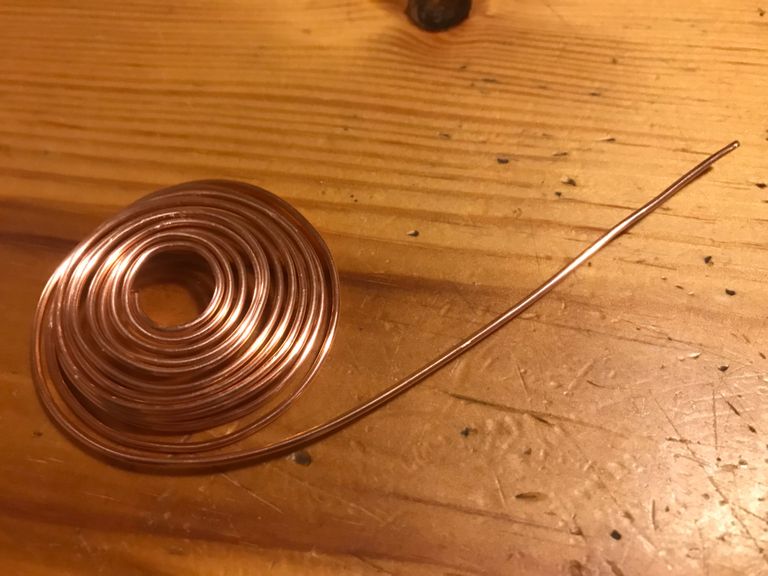
Lastly, hold on to the end with your pliers hold and gently pull it outward.
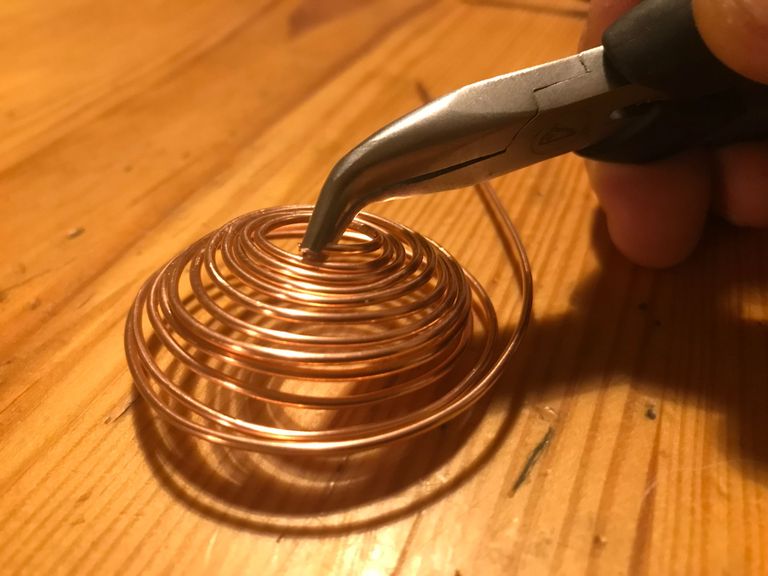
You may need to bend it around a bit but if you've been careful it should be a pretty decent spiral.
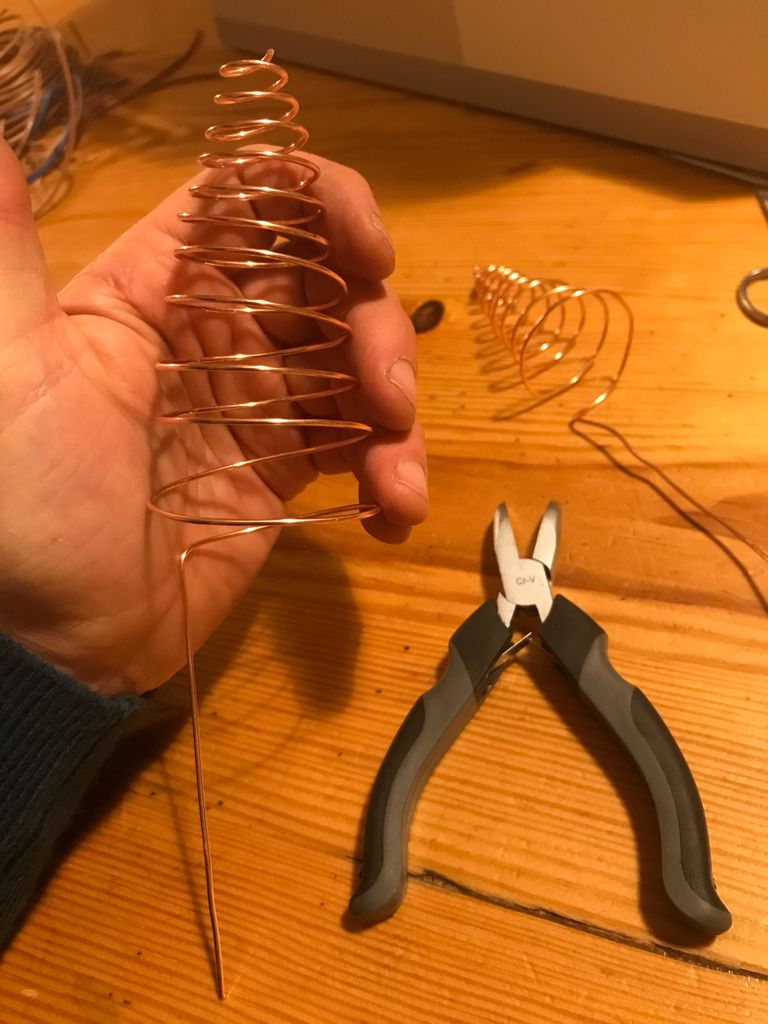
I tried another on this funnel.
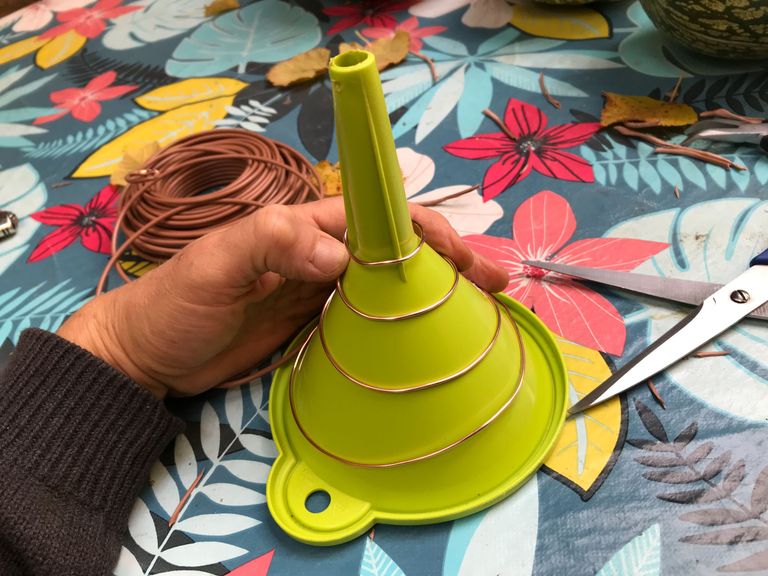
Not too great in the end but I think it will still have an effect.
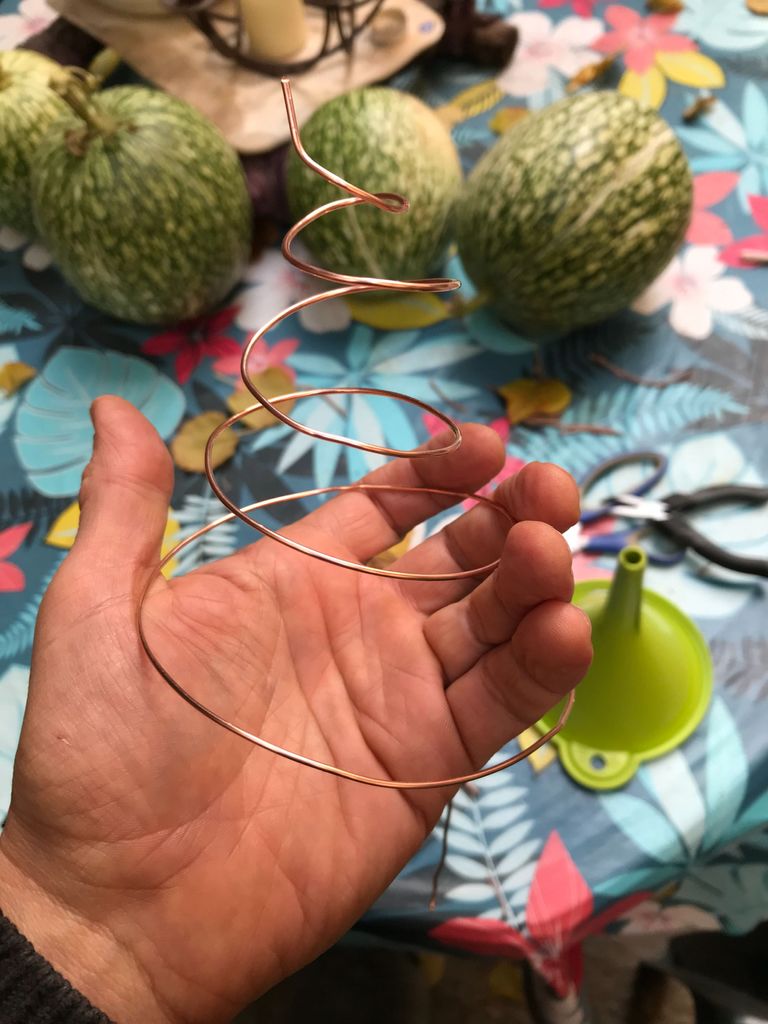
Tornados create a powerful vortex even when they are not perfectly straight.
And so, without further ado, these spirals were placed directly in my courtyard herb garden.
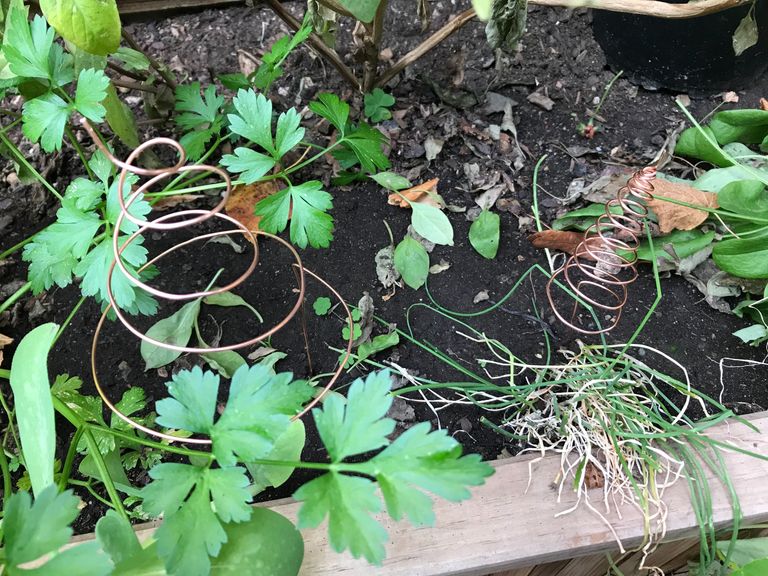
We have a metal fruit bowl in our kitchen so I also made one for this.
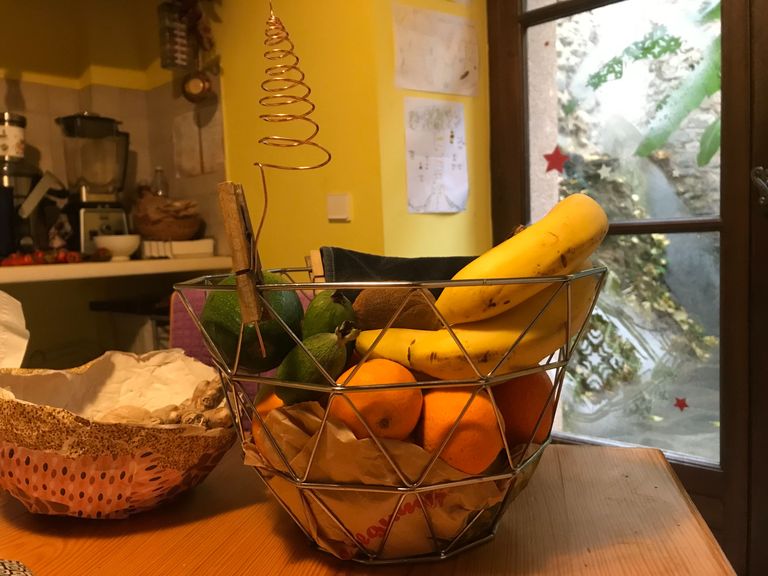
No idea what effect it will have, but this is the most exciting thing about electrocluture, which is basically still in its infancy, none of us know how far this can take us, so everything is worth investigating!
I think at the end of the day one has to be intuitive & inventive about the way they approach this and it is always better to make our own equipment (injecting love & intention into it) rather than buying something off a factory line which usually has a profit-based intention behind it.
Have a look around your house and see what you find in a cone shape. Then clear your schedule and get creative!
If you can replicate these dimensions, even better.
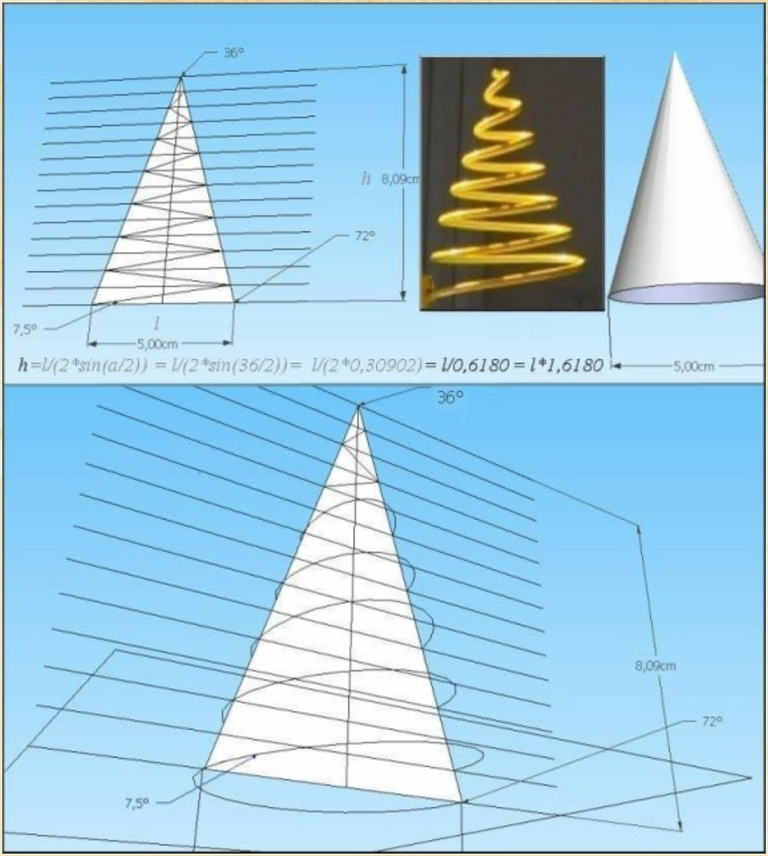
If you can't, who cares? Just do it anyway.
You will know in a few months if it is working.
(Which it will be!)
Lakhovsky coil
The Lakhovsky coil is better known in its bracelet form, created by Georges Lakhovsky over 100 years ago.
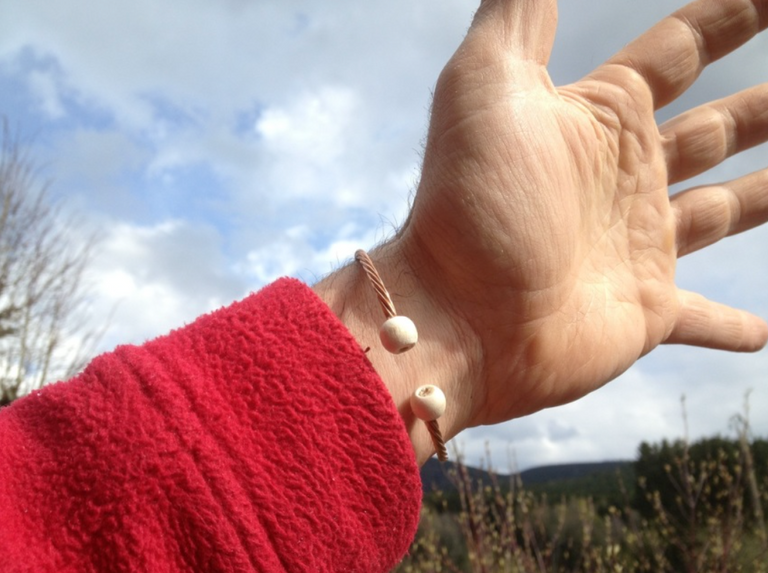
But let's not get side-tracked with human health in this post and focus on plant health exclusively.
The copper coil is placed around trees, bushes or whatever plant you want, as long as the coil fits. It is particularly useful for sick trees or plants you want to give a special boost.
It is important that the two ends of the coil be close but not touching. And the orientation needs to be north/south with the open side facing north.
For best effect it is placed at a slight angle of 20° to 30°, seen here.
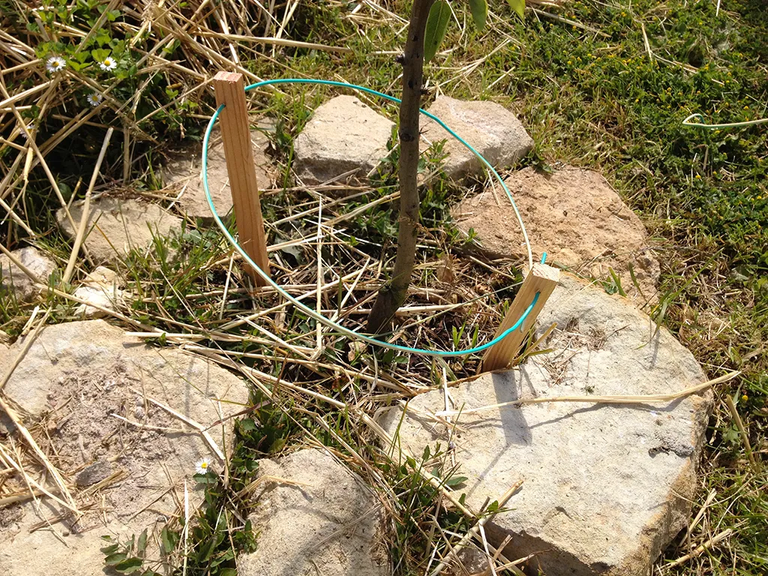
You may also notice in the above shot how they have their ends overlapping, attached to the same piece of wood. I understand this is okay, but my personal feeling is that the ends should left more open, supported with three pieces of wood, rather than two.
I looked around my house today for old electrical cables (hoping to replicate the Lakhovsky coil in the image here) and was a little dismayed when I found none!
USB drive cables (which I have a ton of) are too small and don't contain copper. However, a quick walk down to my local recycling dump and I found an old vacuum cleaner which was perfect. I removed the power cable and now we are good to go.
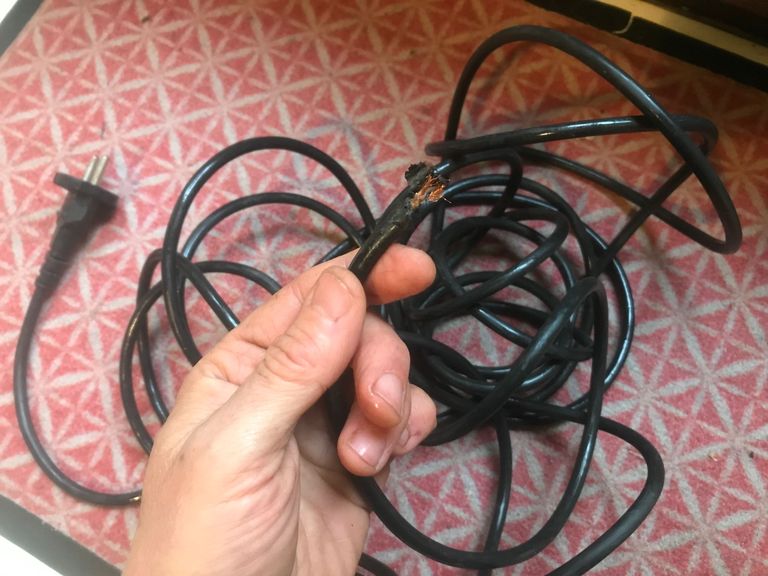
Inside cables like this (which plug directly into your electricity supply) you should find a minimum of two decent copper cables once you strip back the black plastic.
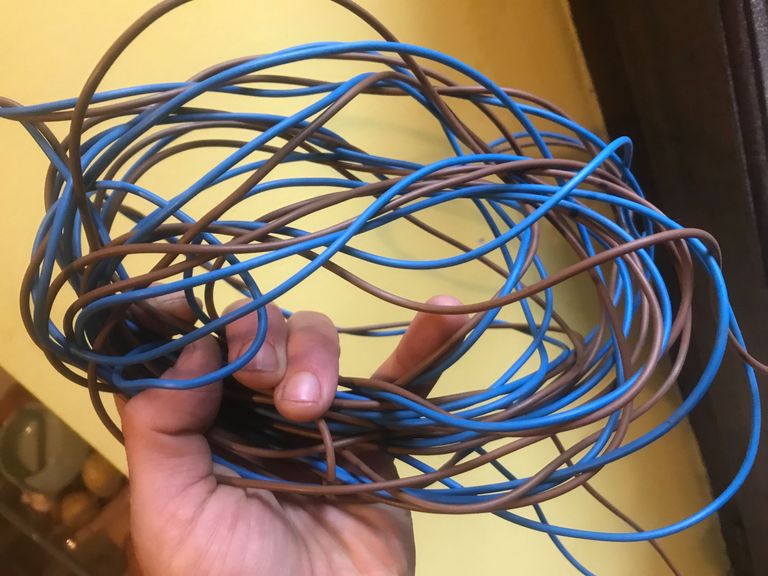
Cut ten cables to desired size and strip the plastic off the ends. No particular reason why I used ten. Just felt about right in my hand.
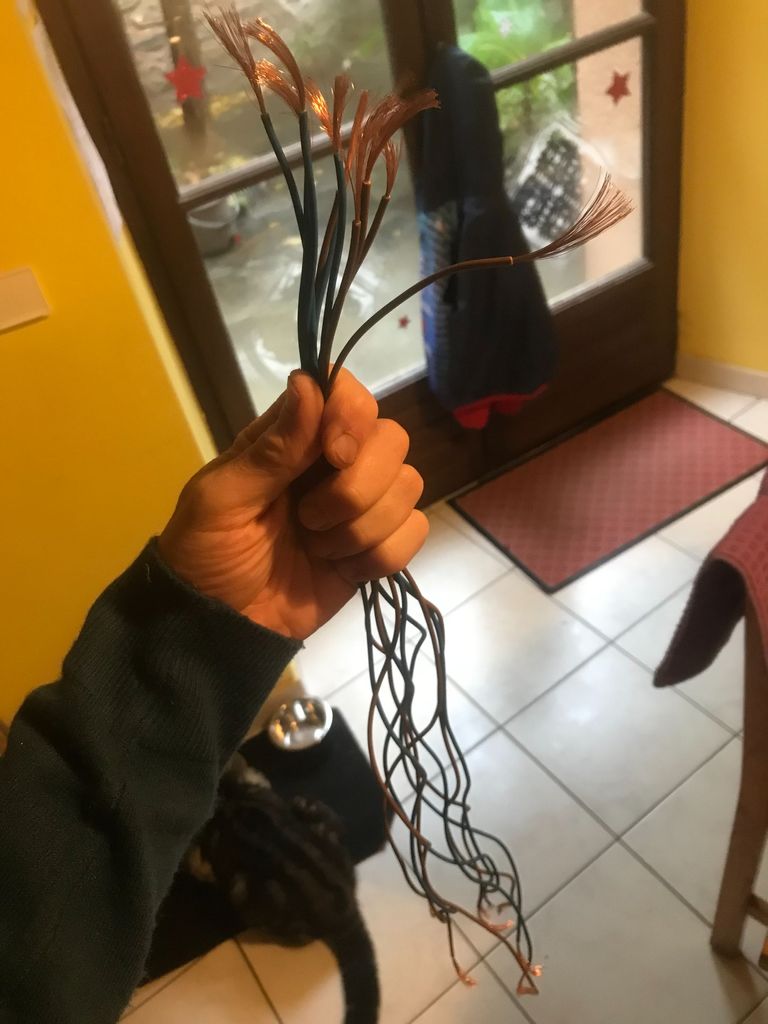
Twist the ends together like this.
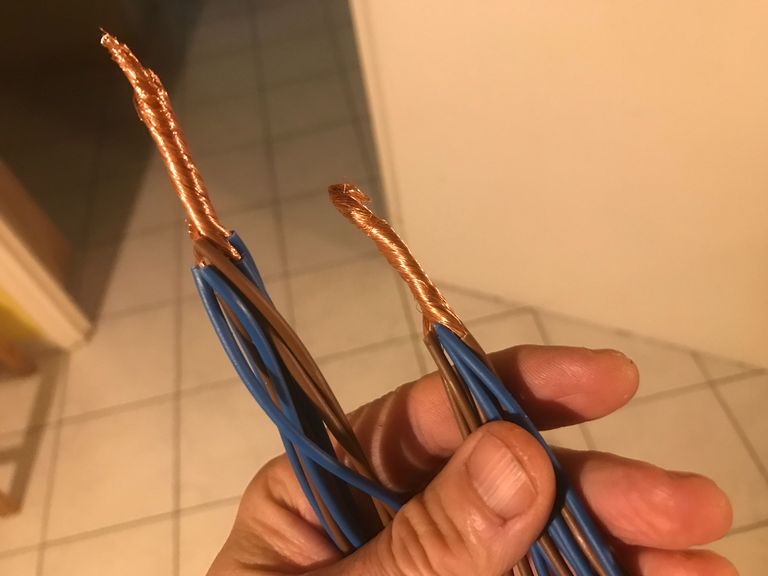
Finally you will need your 1.5mm (or thicker) copper wire again to create some stability in your coil.
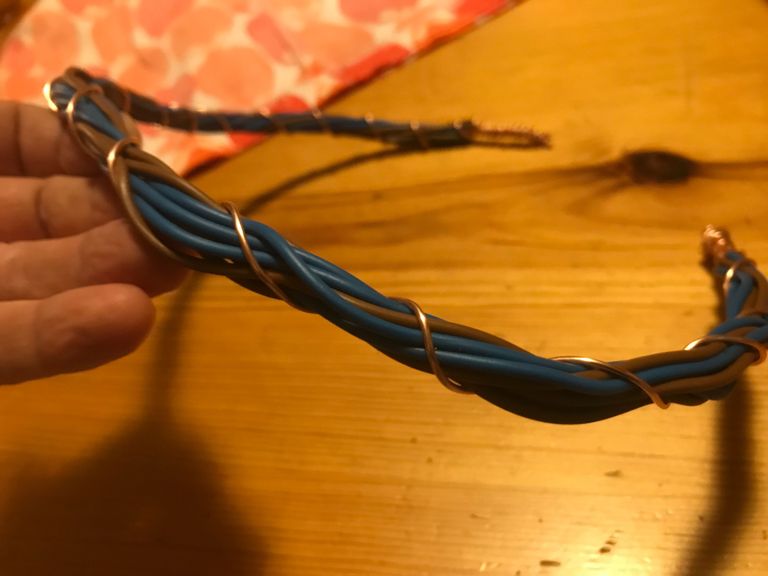
Try to make the ends like this, with a concentration of copper.
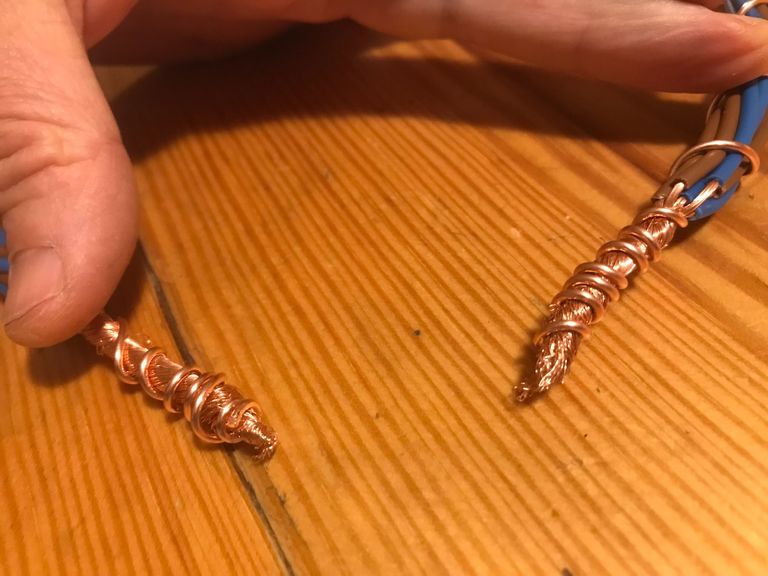
And that's it. One Lakhovsky coil, compliments of a broken hoover.
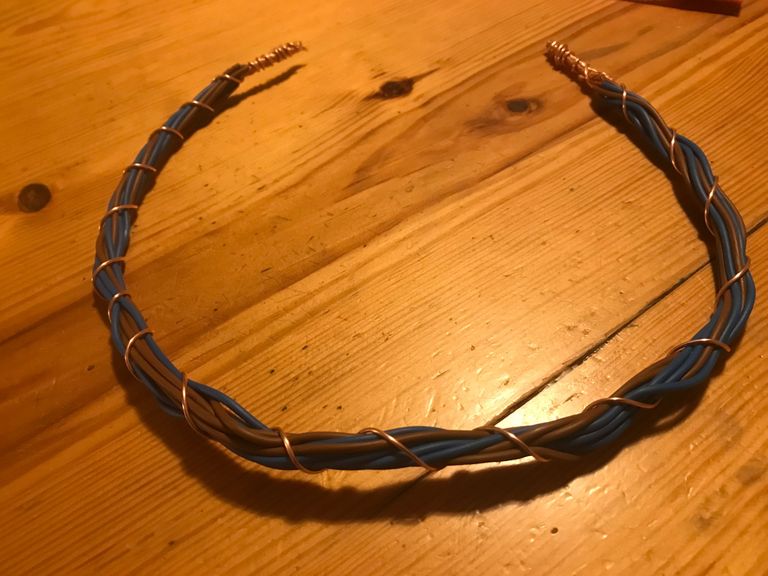
Even better, a single hoover power cable is big enough to make two Lakhovsky coils.
This coil is for a well developed cherry tree which doesn't produce much fruit but you could also make coils for smaller plants in simpler ways.
So what are you waiting for?
Random metal in your garden
I have watched many people trying many different techniques on Youtube in these last few weeks but the idea which struck me as being most interesting was presented by this lady who turned her children's large unused trampoline up-side-down, burying a little part of it and planting melons around the inner side of the circle.
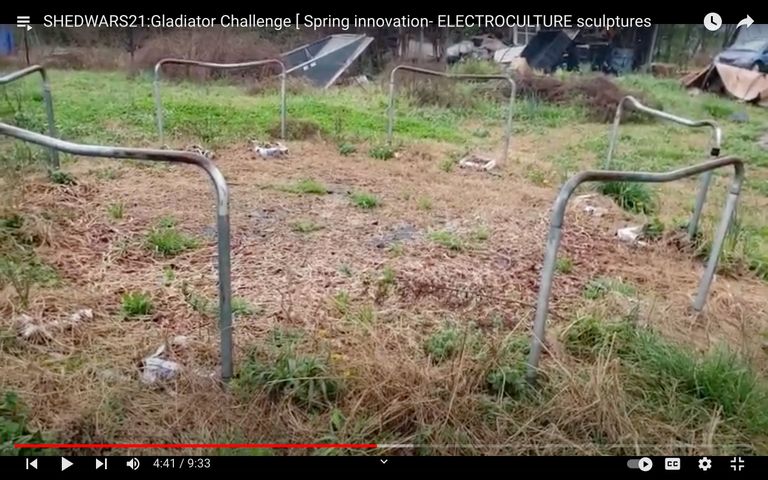
The result she says was double the amount of melons to the previous year (with same number of plants in the same location).
And so, what we learn from this is that any metal will have an effect. Particularly I would say, metal which happens to be in a shape which channels energy. Her trampoline just happened to be a hexagon.
Looking around my house today I was able to find this old candle stick holder which also retains the divine ratios of a hexagon.
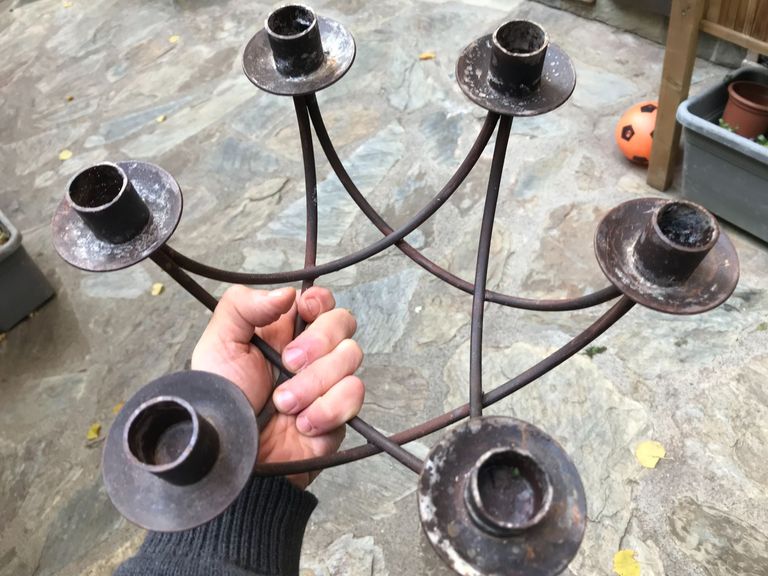
I will bury the end bits and have a plant growing up the middle.
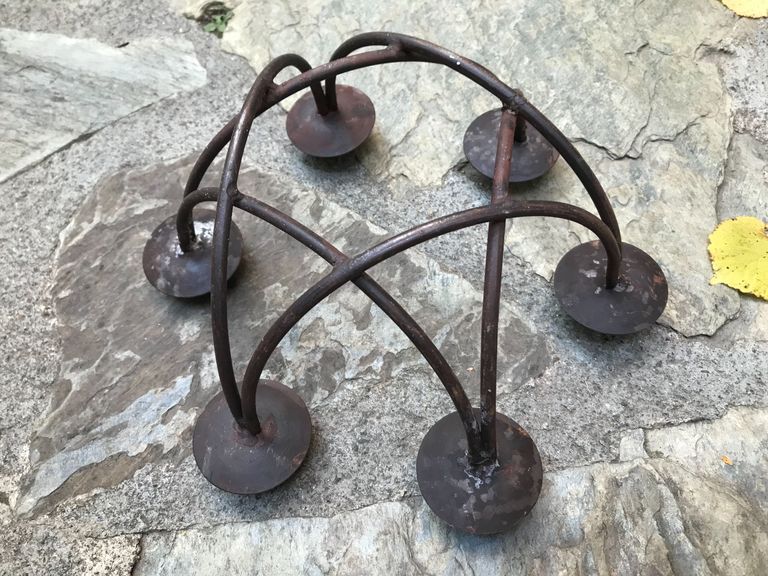
And a few months from now I will post clear images of the results, being sure to also have a control group for comparison.
I also had a look today in my dusty old garden shed (am assuming we all have one of these?) to see what I could find.

That galvanised steel cable will be useful when I have magnets. Once aligned with north/south magnetism (magnets placed on south end of cable) I will be able to enhance the growth of all plants within a meter of the cable.
If your magnets (which can be bought here) are surrounded by a Lakhovsky coil they will be even more effective. As demonstrated in this video (exactly half way through) by our modern day pioneer of electroculture, Yannick Van Doorne.
This got me thinking about a design of greenhouse which incorporates a large (structural) Lakhovsky coil with magnetic wires underground.
Here you can see some thoughts on this concept, designed by Esteban (7 years old) & myself.
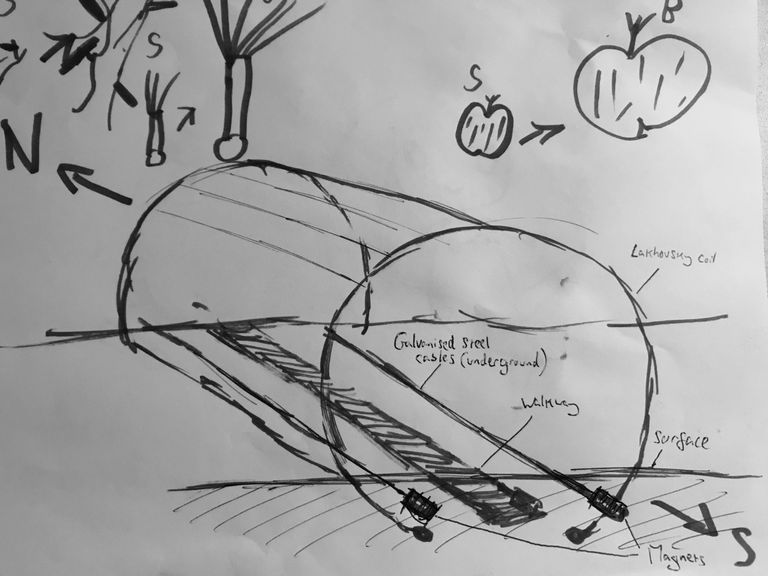
Needless to say, both my children understand the concept of free energy and electroculture already, so I fully expect them to take this idea further than I can possibly imagine.
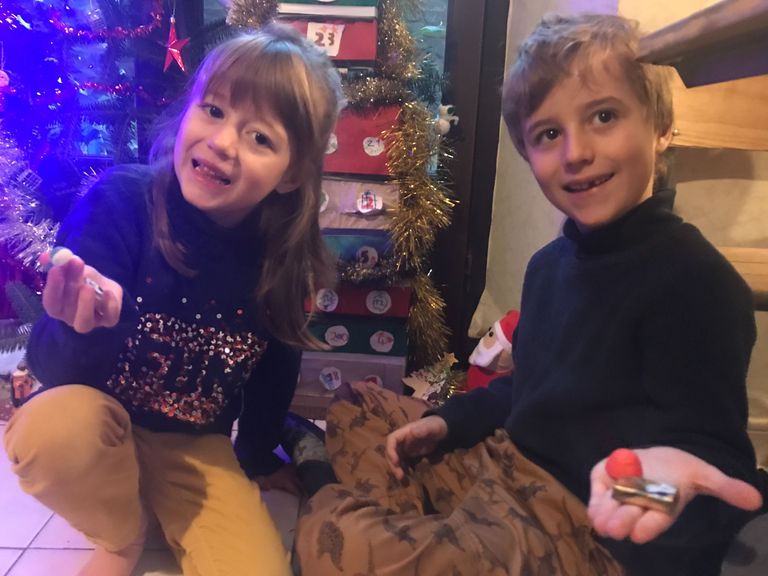
Also in my garden shed I found this random bit of metal, which I plugged directly into the ground around a baby pea plant.
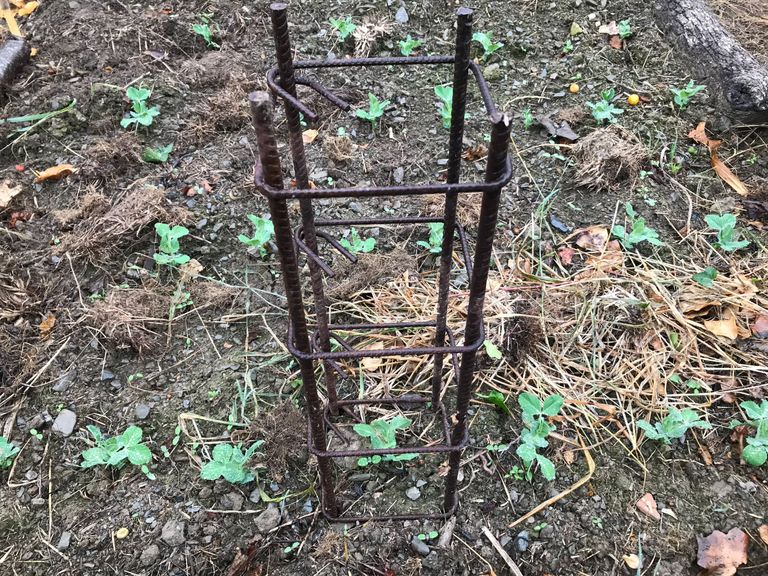
Unlike the hexagon candlestick holder this metal is in the shape of a square, but whatever right?
Let's just see what happens...

In Conclusion
Yannick Van Doorne mentions in this amazing lecture how he was asked to examine a field of sick fruit trees many years ago when he noticed there was one tree in the field which appeared unaffected by the disease troubling the rest. But what was the reason for this one tree surviving when all the others could not?
The only difference he could see was a single snail shell at the base of the tree, positioned with its cone facing the ground.

You may laugh and call this coincidence but like Yannick, I can see divine truth in this simple story. The snail shell develops utilising the mathematics of a fibonacci spiral and therefore channels atmospheric energy, just like our metal spirals.
What this tells us is that even the smallest amount of influence, by chance or otherwise, will make a huge amount of difference to the land beneath.
And so, one could even start out by collecting snail shells, placing them all over their land! This will cost nothing, yet still make a difference.
Even the way in which I have built my natural 'greenhouses' (yet to be wrapped in cling-film) seems to be attracting something positive. Perhaps it's just my imagination but the plants under these hazelnut wood arches seem somehow healthier than anywhere else in the garden and I am wondering now if we don't even need metal? Perhaps just the sacred geometry alone (mapped out in wooden constructions) will do enough to make a difference?
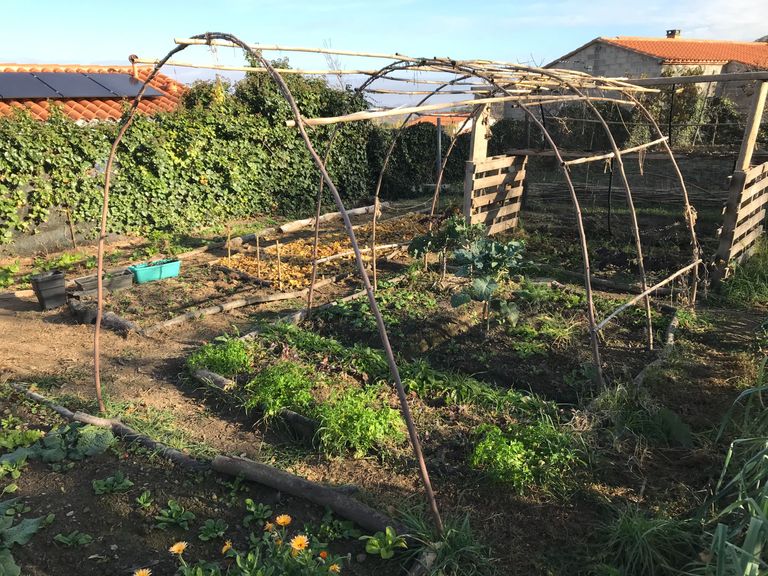
As I said before, the great thing about electroculture is that it is still so young and the world is your oyster when you are ahead of the crowd.
With this in mind I have been looking for the last few days at images of fractal nature patterns.
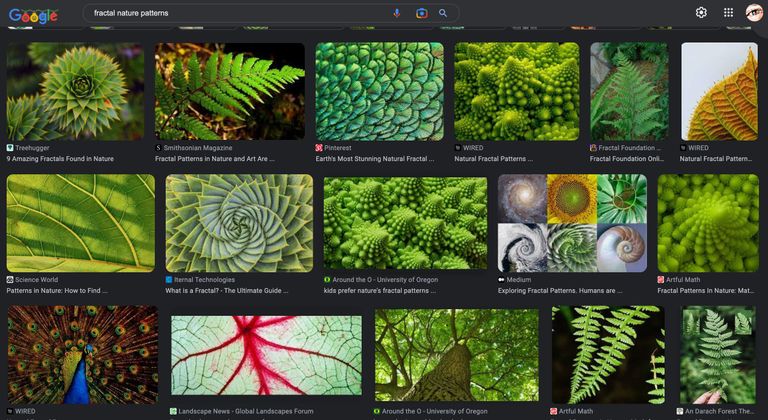
Perhaps, like the great architects of old (Gaudi comes to mind in this moment) I will be able to see clearly now the divine connection between nature and man-made so that I may unlock this most important door to energetic constructions which offer more than shelter alone.
I leave you with this time-lapse/hyper-lapse film of mine, created ten years ago when I was living in Spain and examining the wonderful organic constructions of Gaudi's nature-inspired park in Barcelona.
Love & Light everyone 🌱

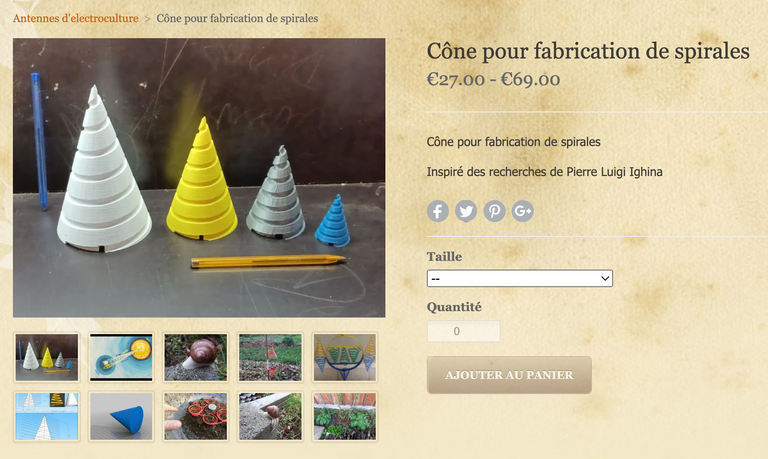


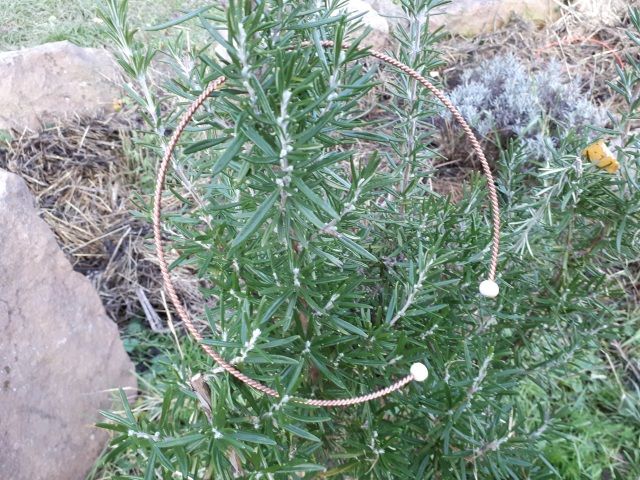
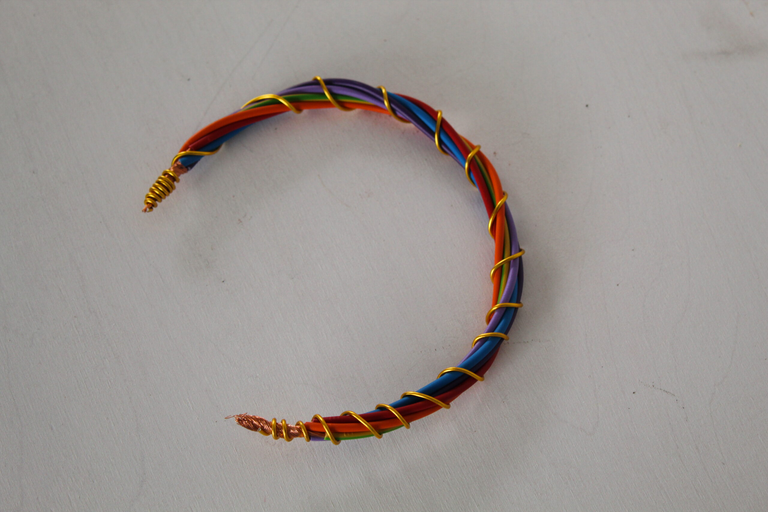

I am so excited about this easy and inexpensive garden help idea. I can see myself putting one of these spirals on every seedling I put out, and I may make small ones for those still germinating. Thanks for going into such detail!!!
See if you can get your hands on a small copper pyramid. If you put your seeds inside the structure for a few days before you plant them, this alone will potentially give you huge results.
Oh my, now I know what to do with the old telly in the shed and some other broken electricals lying around!!
Very inspiring for me. I'll defo be making some things to try around the garden and in the poly. I love the way you make everything so doable.
It is all very inspiring for me too. Just happy to be able to share some of this energy with others.
My goal is to get as many people as I can into electroculture before spring 2023.
It will be the year of the electrified vegetable!
well we have to get more people to grow their own first, it's an uphill struggle. Crack on. Getting there......
Thanks for all those interesting ideas
No worries. Am so into this right now.
Can't stop making copper gadgets...
Very cool~! I am really enjoying watching your progress. Your doing everything I would do if I had the resources available. Keep up the good work brother. 🖖